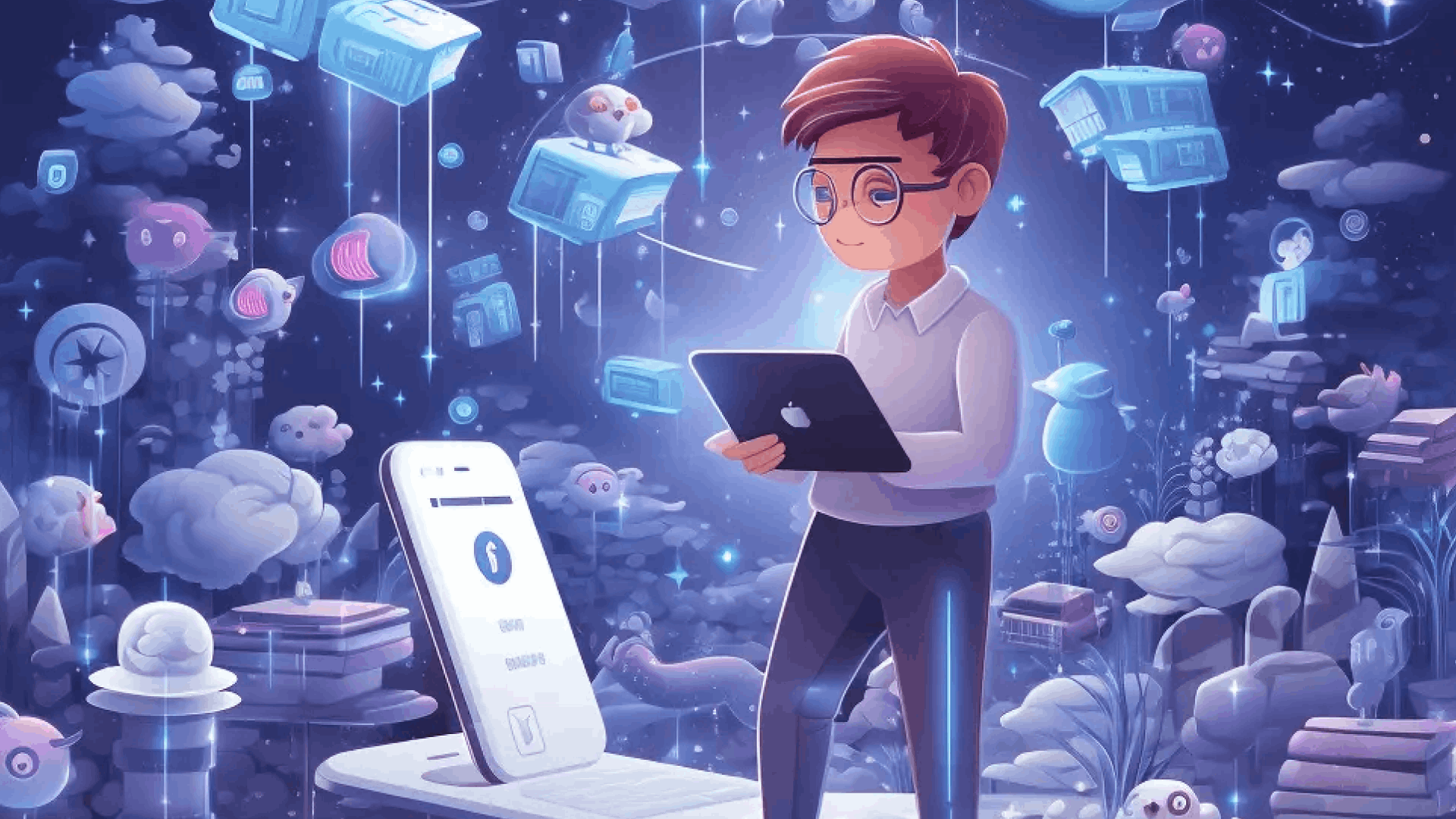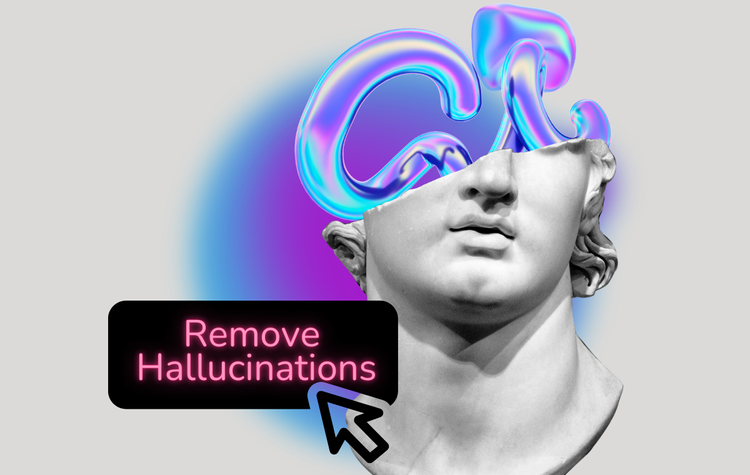12-Point Guide to Selecting The Best White-Label AI Chatbot
Creating a chatbot requires significant resources and expertise. Instead of building from scratch, savvy businesses opt for white-label chatbot solutions. These can be swiftly customized and branded, offering a faster market entry and cost savings.

For customer support operations, Chatbots are no longer a luxury; they are a necessity. They deliver fast and personalized customer interactions at scale. As per Gleen's most recent CX survey, 75% of CX executives mentioned using a chatbot in their support operations.
Creating a chatbot from scratch is fascinating to engineers. However, it needs extensive resources and expertise to make it enterprise-ready. Savvy businesses know this and look towards white-label chatbot solutions. You can customize these solutions quickly and deploy them under your brand. This improves speed to market and is cost-effective.
In this article, we will explore white-label AI chatbots, discuss their advantages, and learn how to choose them.
Benefits of Whitelabel Chatbot Solutions
- Speedy Deployment: These chatbots can become operational within days. They bypass the long development cycles, offering a quicker ROI.
- Cost-effective: Building an enterprise-grade chatbot needs dedicated resources. It can cost time and money. Chatbots Whitelabel provides a cost-effective option.
- Customization allows for personalization, ensuring the chatbot matches your brand's look and tone perfectly.
- Data Privacy & Security: Renowned providers prioritize compliance with data regulations, embedding features like data encryption and security protocols.

What to Look for When Choosing a White Label Partner
As you search for the perfect white-label chatbot platform, here is a comprehensive list of criteria. Given the vast array of live chat solutions available, it's imperative to be particularly discerning. Thus, the detailed list:
(1) Deployment Flexibility: Some example considerations:
- Multi-tenant and single-tenant deployment models to meet the needs of your scale
- Do you want to use it for web chat, Slack, Discord, SMS/text, or integrate it into an existing Help Desk?
- Can the chatbot be deployed in Agent Assist mode, where agents use it to search for information and create first drafts of responses for customers?
(2) Personalization: Beyond brand aesthetics, the ideal chatbot should exhibit the language, tone, and tenor of your brand. Disney’s chatbot should speak a completely different language than a banking chatbot.
(3) Security: To keep customer information safe, solutions must use strong encryption, control access tightly, and follow data privacy rules.
(4) Maintenance: Opt for solutions that simplify management. Ask the following questions:
- How does the bot retrain when you have new knowledge in the system
- What kind of knowledge base does it need to train on? Some solutions (Gleen AI, for example) can assimilate data from many sources, e.g., Slack conversations, customer support tickets, YouTube videos, and community forums.
(5) Performance: In the real-time world of chatbots, response agility is vital. Prioritize solutions that commit to high uptimes and lightning-fast response times, ensuring users never face lags.
(6) Handoff to Human Agents: The chatbot should handoff to human agents when appropriate. From our perspective, not even the most advanced AI can respond to all queries.
(7) LLMs: Different businesses have specific needs, and you may or may not need a specific LLM. For example, one of our customers couldn't send data to OpenAI API due to IP infringement concerns. Gleen's flexible architecture allows it to change LLMs. We provided a self-hosted solution with Llama to that customer.
(8) No Hallucination. LLMs hallucinate, or make up answers. Make sure your white label chatbot doesn't hallucinate.
For example, Gleen AI specializes in not hallucinating. In the video below, Gleen AI and a GPT have been trained on the same knowledge. The GPT hallucinates, but Gleen AI doesn't hallucinate.
(9) Smart Engagement: Can the bot go beyond and engage with users to drive critical business outcomes? Here are some examples:
- Complete actions such as scheduling meetings, making orders, or stopping processes.
- Identify potential leads and send you notifications for generated leads.
(10) Analytics: You need analytics that highlights key performance metrics and indicate improvement avenues, such as gaps in your knowledge management
(11) Self-learning Capabilities: An advanced chatbot can learn from previous interactions and improve. Very few solutions do this, though.
(12) Support SLAs: You will eventually encounter issues you need help with. The solution should have a reasonable support SLA.
Conclusion
Generative AI chatbots will transform customer service. Whitelabel chatbot solutions offer invaluable advantages in terms of speed and cost. With their help, businesses can easily use AI-powered interactions to stay ahead in digital customer service.
Gleen AI is the world's most accurate and capable generative AI platform for customer support. If you are searching for a comprehensive but custom solution that gives you complete control, we would love to chat.
Request a demo of Gleen AI, or create your own generative AI chatbot for free using Gleen AI.



